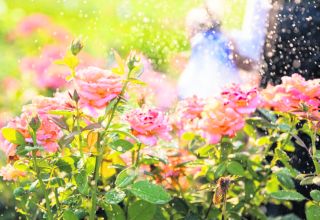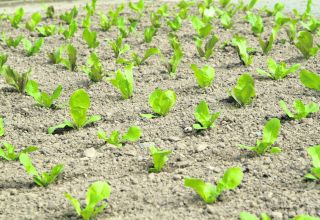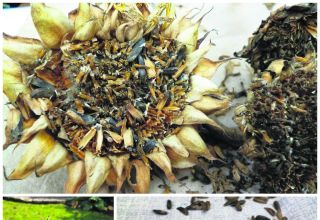Homeowners are being offered advice on the best indoor plants to help keep mould at bay this autumn.
Mould is one of the most common indoor pollutants and can have a serious impact on health if it’s not kept in check.
Houseplants are a good way to help alleviate the problem naturally and bring moisture levels down in the air.
Among the plants the experts recommend are easy to look after varieties including spider plants and peace lily and tropical favourites including palms and ferns.
Mould in the home is caused by excess humidity. Warm rooms, like bathrooms, are at particular risk.
Using plants to help keep mould at bay is a practical and natural way to control humidity and moisture in your home. How good a plant is at reducing humidity is all to do with its ability to absorb dew, fog and other moisture through its leaves. This moisture then moves down to its roots.
English ivy (Pictured)
English Ivy removes airborne mould and other ‘nasties’ too. It grows best in bright, indirect light and needs regular watering. Remember to keep it away from pets – its leaves are toxic to them.
Peace Lily
The peace lily loves the shade and thrives in high humidity so the perfect choice for areas prone to mould. It absorbs moisture through the air through its leaves and doesn’t need direct sunlight to thrive. This plant has beautiful white flowers but can be toxic to pets so keep it out of their way.
Palms
Palms are a great choice to help control humidity and keep mould at bay, absorbing moisture through their leaves. Varieties to look out for include Areca palms, bamboo palms, the lady palm, dwarf date palm and reed palm.
Boston Fern
The Boston Fern thrives in moist climates and will naturally absorb the air moisture and balance out humidity levels in your home. All it needs to survive in indirect sunlight and regular watering.
Snake Plant
This hardy and adaptable plant is another mould loving variety. It grows best in bright light and warm temperatures.
Orchids
Not only do they look beautiful, orchids also help reduce humidity in the home. They get all their nutrients and moisture from the air around them.
Spider plant
This is a popular indoor plant which is great at removing harmful pollutants in the home. It’s easy to look after too.











